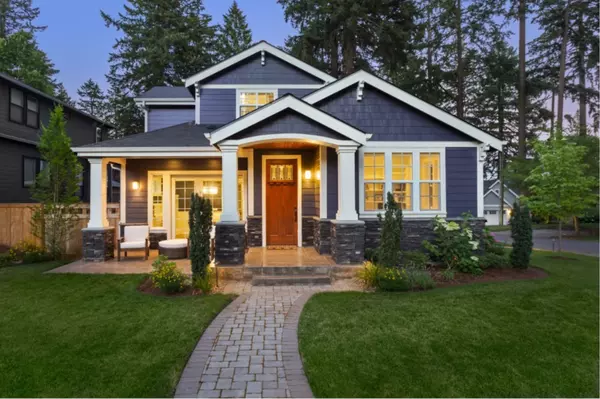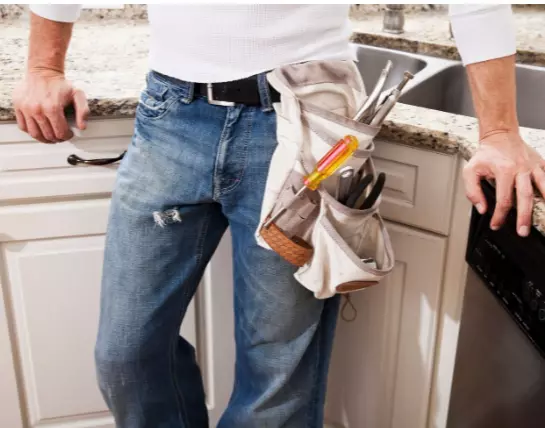
Maximizing Your Real Estate Investment Returns: A Comprehensive Guide to 1031 Exchanges
A 1031 exchange is a tax-deferred exchange that allows an investor to sell a property and reinvest the proceeds into a new property, without paying capital gains taxes. This exchange is named after Section 1031 of the Internal Revenue Code (IRC), which outlines the rules for this type of transaction

6 Effective Strategies for Marketing Your Home for Sale
Marketing a home for sale can be a complex process, but it's essential to get it right in order to attract potential buyers and ultimately sell your home. In this blog post, we'll discuss some tips and strategies for marketing a home for sale. Hire a Professional Real Estate Agent One of the best

Creating Curb Appeal: Tips and Tricks for Making Your Home Stand Out
First impressions are everything, and when it comes to your home, curb appeal is key. Curb appeal refers to the visual appeal of your home from the street, and it can have a big impact on your home's value and how attractive it is to potential buyers. In this blog, we'll share some tips and tr
Categories
Recent Posts












